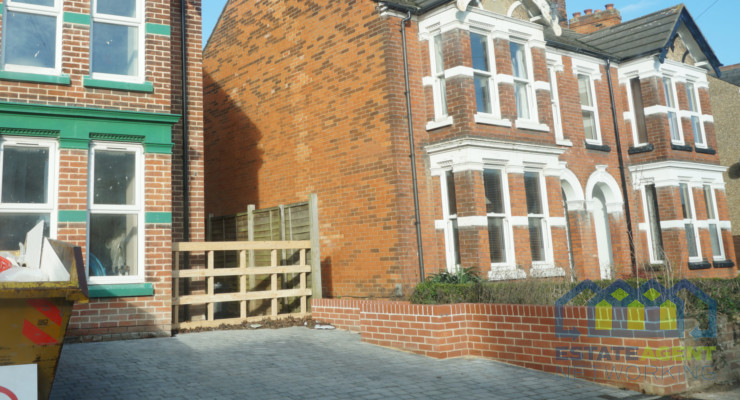Dwindling stock in north drives prices to new national record
- New record in asking price of newly-marketed property for third consecutive month as steady monthly increases continue, with a 0.4% (+£1,364) rise
- Spring market concludes with stronger number of sales agreed overall in May, just 2.0% down on May 2017, and up 5.4% on May 2016
- However, market conditions vary significantly between the north and south:
- Strong buyer activity in northern regions has shrunk available stock levels by an average of 4.3% when compared to a year ago, restricting buyer choice and giving sellers upwards pricing power
- In contrast the less active southern regions all have more available stock, up by an average of 17.5% compared to a year ago, a driver for a buyers’ market and some downwards price pressure
The average price of newly marketed property continues its gentle upward trend and for the third consecutive month has hit a record high due to a 0.4% (+£1,364) rise. Also following a consistent pattern is the current 1.7% annual rate of increase, which has remained stable between 1.1% and 2.1% every month so far in 2018. May’s overall sales agreed numbers are in familiar territory too, and while 2.0% down on May 2017, they are up 5.4% on May’s figures for 2016. Whilst all of these measures at a national level point to a steady market, closer inspection reveals, as ever, that there are very different local markets. In this case, conditions are varying significantly between the northern and southern halves of Great Britain.
Miles Shipside, Rightmove director and housing market analyst comments: “The national average new seller asking price continues to creep upwards, setting a new record for the third consecutive month. Sales agreed by estate agents overall in May have bounced back from a slower start to the year and while still slightly below May last year they are ahead of 2016. This is a pleasingly strong flourish at the end the spring selling season given the political uncertainty and stretched buyer affordability. At an initial glance all of this fits with a theme of ‘steady as she goes’ as the spring market concludes. However, if you dig a bit deeper, you’ll find that the main driver is good buyer demand in the comparatively stock-starved northern half of Britain’s housing market. This demand, fuelled by prices that in comparison to the south are still relatively affordable, have meant the number of properties left available to buy has dwindled in the north and increased in the south.”
The northern regions on average have 4.3% less available stock for buyers to choose from compared to a year ago, giving sellers potential upwards pricing power. In contrast all the southern regions have more buyer choice, with available stock up by an average of 17.5% compared to a year ago, a driver for a buyers’ market and some downwards price pressure.
Shipside observes: “The reduction in property choice for buyers in the north compared to a year ago is a result of property for sale being snapped up, meaning it’s more of a sellers’ market there. In marked contrast the jump in buyer choice in all southern regions shows there are signs of a sellers’ market in some areas. With the year at mid-point the 2018 summary so far is that the chances of sellers finding a buyer in the northern regions seem to have held up very well against the previous year, but market conditions are clearly more challenging for sellers in much of the south.”
At a regional level, Wales and Scotland have the greatest drop in available stock, with 10.3% and 10.4% fewer properties for sale compared to a year ago respectively. Yorkshire and the Humber has 6.3% less choice for prospective buyers than a year ago, with the North West seeing a drop of 4.1%. The North East (-2.3%) and the West Midlands (-2.2%) have smaller decreases in available stock, and the only northern region to see an increase is the East Midlands with a 4.0% uplift. All southern regions have seen a stock increase compared to a year ago, indicating more challenging market conditions. The East of England has 24.9% more properties up for sale, and the South East has 20.0%. London has a smaller increase of 16.4%. The South West completes the southern stock picture with an 8.2% increase in available stock.
Shipside advises: “With the normally more active spring buyer market over and with some potential buyers likely to be distracted by summer holidays and World Cup-itis, the goal posts have just moved. Sellers in locations that have seen larger percentage increases in the number of unsold properties will have to price lower than properties they are competing against, as there are few better tactics than a bargain price to tempt buyers. It’s likely to take extra time to sell over the next few months, especially in the southern half of Great Britain.”







